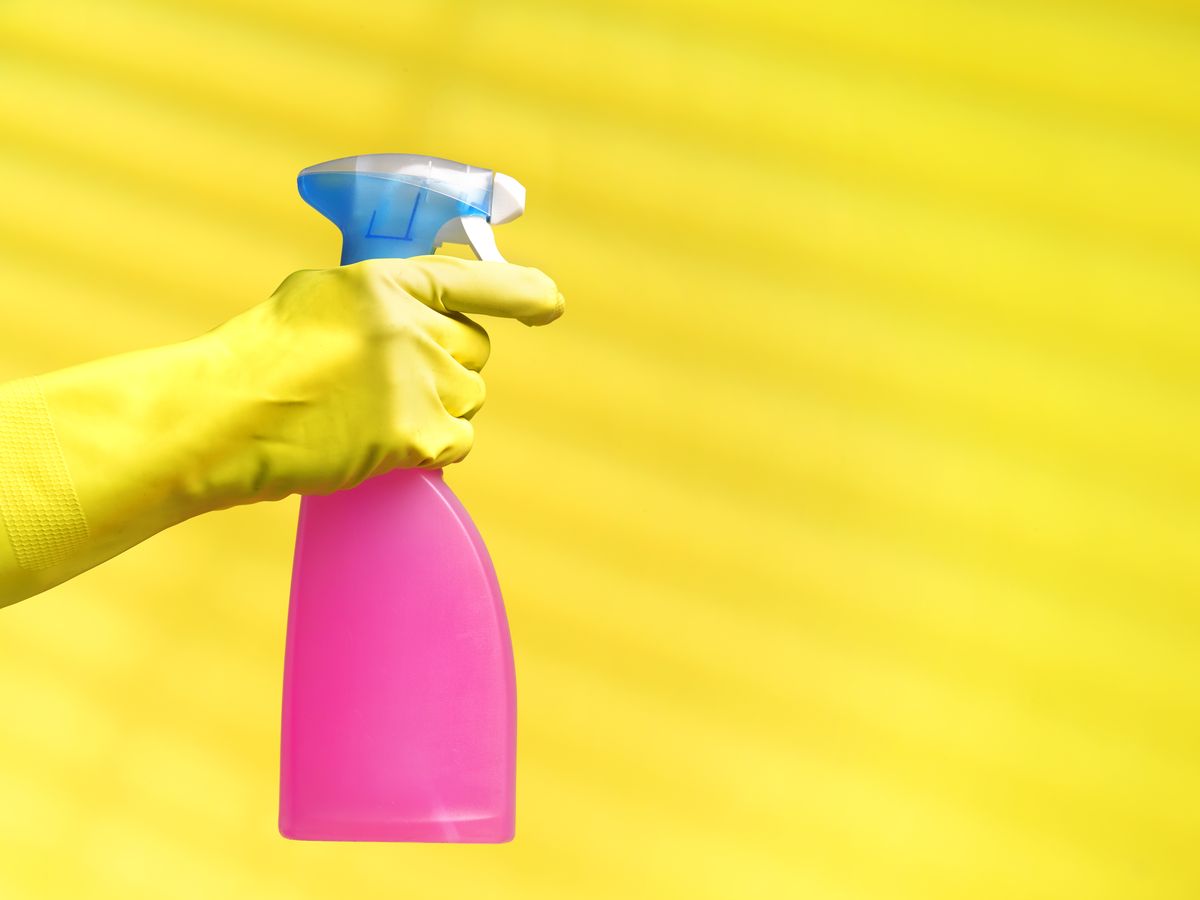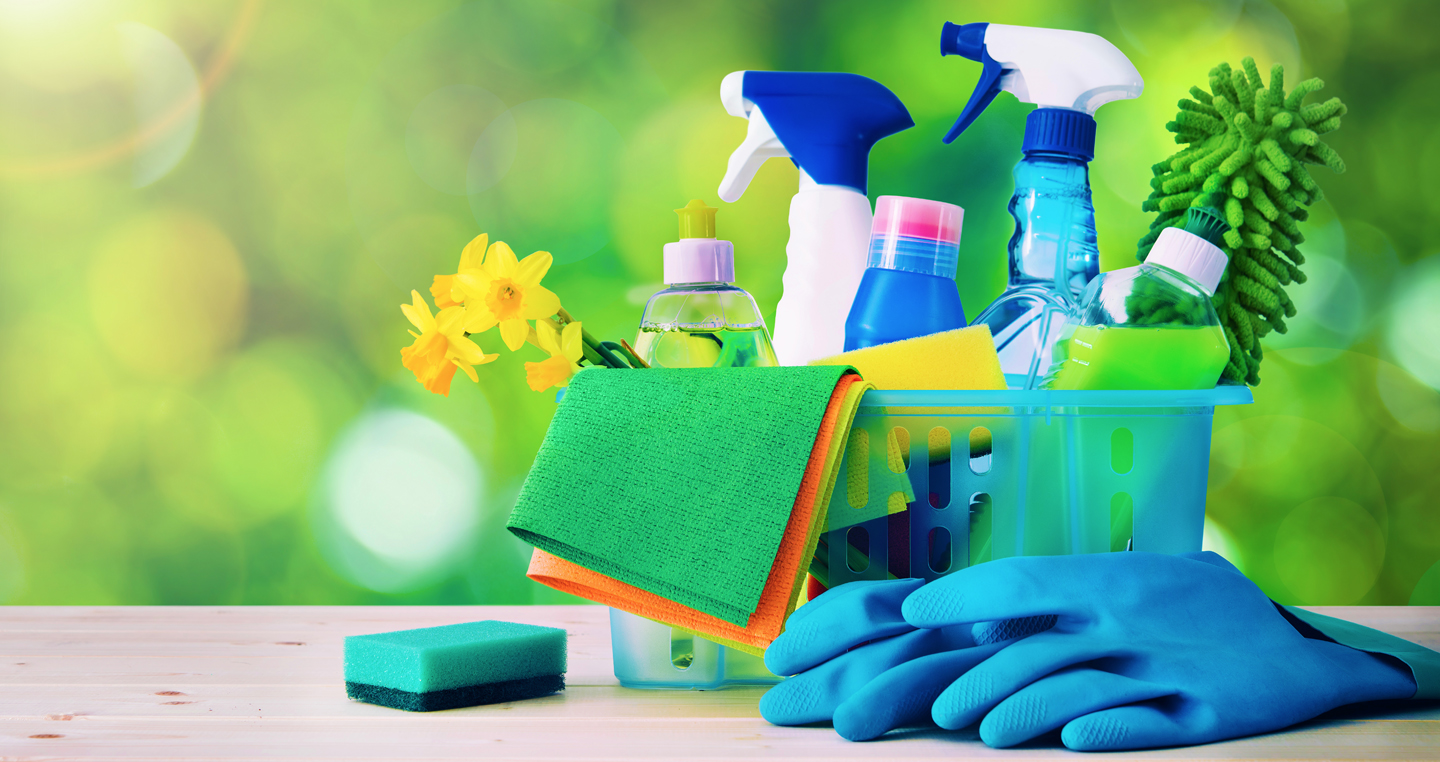Comprehensive Everyday Cleaning Tips: From Defrosted and Cleaned Every Few Months to Removing Clutter
Comprehensive Everyday Cleaning Tips: From Defrosted and Cleaned Every Few Months to Removing Clutter
Blog Article
Comprehending the Demand for Completely Disinfecting and Disinfecting Frequently Touched Surfaces in High-Traffic Locations
In the world of public wellness and safety, the careful disinfection and sanitization of regularly touched surface areas in high-traffic locations stand as critical actions in avoiding the spread of damaging virus. The importance of this method expands far past simple sanitation, delving into the world of disease prevention and area well-being. By exploring the various elements of surface area disinfection, from the dangers connected with overlooking cleansing methods to the effective approaches that can be utilized, a clearer understanding emerges of the essential role these methods play in protecting public health and wellness. As we browse this discussion, it becomes noticeable that the ramifications of detailed surface area sanitation reverberate not only within the confines of a specific environment however also reverberate on a wider scale, influencing the health and safety and security of individuals throughout diverse communal settings.
Value of Surface Sanitation
Highlighting the complete sanitation of high-traffic surface areas is vital in preserving a hygienic environment and preventing the spread of unsafe microorganisms. High-touch surfaces such as door manages, light buttons, elevator switches, and countertops work as breeding premises for viruses and microorganisms. Routine disinfection of these surface areas is critical to minimize the risk of contamination and transmission of ailments.
By carrying out a robust disinfection protocol, organizations and establishments can produce a more secure environment for staff members, customers, and site visitors. Appropriate surface area sanitation not just reduces the spread of infectious conditions but also imparts confidence in the sanitation and security of the premises. This proactive technique shows a dedication to health and health, which is specifically important in high-traffic areas where the possibility of exposure to virus is increased.
In addition, surface area disinfection plays a vital function in total infection control strategies. Combined with hand health practices, wearing masks, and maintaining physical distancing, complete sanitation of high-touch surface areas forms a comprehensive defense against the transmission of hazardous bacteria. Prioritizing surface sanitation is an important component of an all natural method to health and wellness in shared areas.
Threats of Disregarding Cleansing Practices
Ignoring complete sanitation of high-traffic surface areas significantly enhances the threat of viral and microbial contamination, posing a severe hazard to the health and security of people frequenting these spaces. Failing to carry out proper cleaning techniques can cause the accumulation and spread of dangerous microorganisms, including viruses and microorganisms, on frequently touched surface areas such as doorknobs, hand rails, lift buttons, and countertops.

Additionally, disregarding the importance of comprehensive cleansing not just compromises the health of people yet likewise threatens initiatives to preserve a clean and sanitary atmosphere. It is crucial to identify the importance of proper sanitation protocols in preventing the spread of infections and guarding public health.
Reliable Sanitation Methods
To keep optimum tidiness and reduce the risk of contamination on high-traffic surfaces, employing efficient sanitation approaches is important. One of the most typical and effective disinfection approaches is utilizing chemical anti-bacterials.
An additional effective technique is using UV-C light. UV-C light has actually been shown to be reliable in killing a large variety of bacteria by interrupting their DNA structure, hence stopping them from replicating. However, it is important to utilize UV-C light appropriately, ensuring that the correct intensity and direct exposure time are put on attain the preferred sanitation results.
In addition, using vapor cleaning as a sanitation technique can be very efficient, particularly on surface areas that are heat-resistant. Heavy steam can penetrate porous surfaces and kill bacteria, viruses, and various other microorganisms effectively. When using vapor cleaning, it is necessary to make sure that the surface area reaches the called for temperature for an enough amount of time to ensure appropriate sanitation.
Effect on Public Health And Wellness
The maintenance of high criteria of sanitation and disinfection on high-traffic surface areas plays a crucial page function in guarding public health. Frequently touched surfaces in areas with high tramp, such as doorknobs, handrails, elevator switches, and washroom facilities, function as reproducing grounds for hazardous pathogens. Stopping working to adequately sanitize these surface areas can lead to the fast spread of infectious illness within areas. By implementing detailed disinfection methods, the risk of transmission of viruses, germs, and various other bacteria can be substantially reduced.
Effective sanitation practices not only secure people from dropping unwell yet additionally add to the total well-being of culture. Public wellness authorities stress the significance of maintaining clean atmospheres to stop episodes and have the spread of ailments. In high-traffic locations like airports, schools, medical facilities, and public transport systems, the impact of strenuous sanitation actions can not be downplayed. Prioritizing the sanitization of frequently touched surface areas is an aggressive approach to advertising public health and wellness and enhancing the safety and security of people in shared rooms.
Implementing Regular Cleaning Protocols
Immediately instituting and sticking to a consistent routine of cleaning methods is extremely important for keeping the sanitation and security of high-traffic surface areas. Routine cleansing procedures are important in preventing the accumulation of germs and pathogens on regularly touched surfaces, particularly in locations with high foot traffic. By carrying out an organized approach to cleaning, companies can successfully lower the threat of illness transmission and produce a much healthier setting for staff members, clients, and the general public.
To develop an effective cleaning timetable, it is critical to identify high-traffic areas that need constant focus. These areas might consist of doorknobs, hand rails, elevator switches, restroom facilities, and shared devices. Carrying out a routine cleansing routine that targets these surfaces several times a day can dramatically decrease the spread of harmful germs and infections.
Furthermore, utilizing suitable cleaner and anti-bacterials is vital to making sure that surface areas are thoroughly sanitized. Normal training of cleansing staff on proper cleaning methods and the importance of adherence to the cleansing timetable is additionally essential in maintaining a sanitary environment. By prioritizing regular cleansing procedures, companies can promote the health and well-being of individuals who check out here interact with these high-traffic surface areas.

Final Thought
In verdict, it is vital to prioritize thorough sanitation and sanitization of regularly touched surfaces in high-traffic areas to avoid the spread of harmful microorganisms and maintain public health and wellness. It is critical to acknowledge the significance of keeping clean surfaces in high-traffic areas to make certain the health of the community.
In the realm of public wellness and security, the precise disinfection and sanitization of frequently touched surface areas in high-traffic locations stand as vital measures in preventing the spread of damaging pathogens. By checking out the various aspects of surface area sanitation, from the risks associated with overlooking cleansing methods to the effective techniques that can be employed, a more clear understanding arises of the important function these practices play in safeguarding public wellness.Furthermore, employing vapor more cleansing as a sanitation method can be extremely effective, particularly on surface areas that are heat-resistant. When utilizing steam cleaning, it is vital to make sure that the surface area reaches the needed temperature for an enough amount of time to assure correct sanitation.
In final thought, it is essential to focus on thorough sanitation and sanitization of regularly touched surfaces in high-traffic locations to protect against the spread of dangerous microorganisms and preserve public health.
Report this page